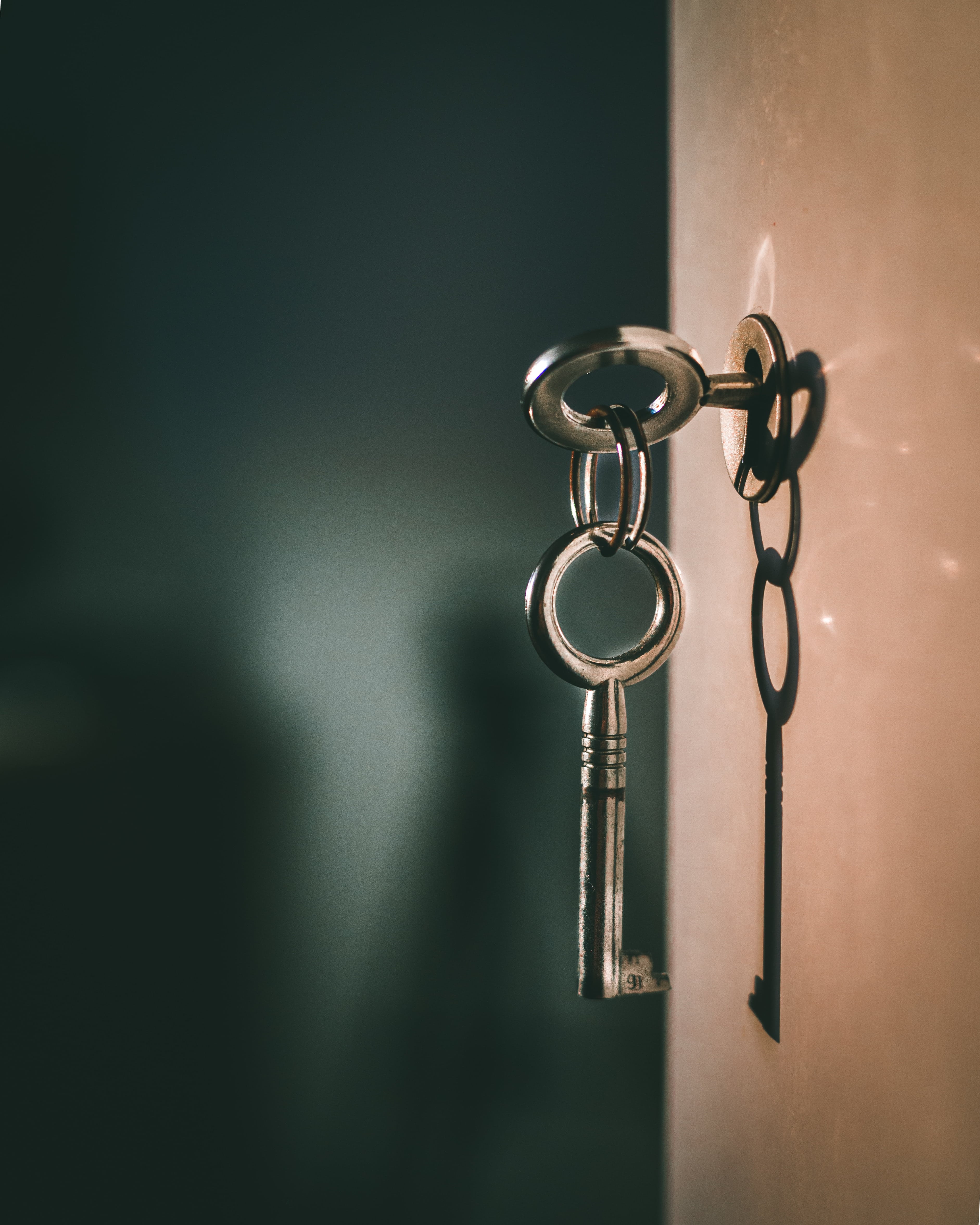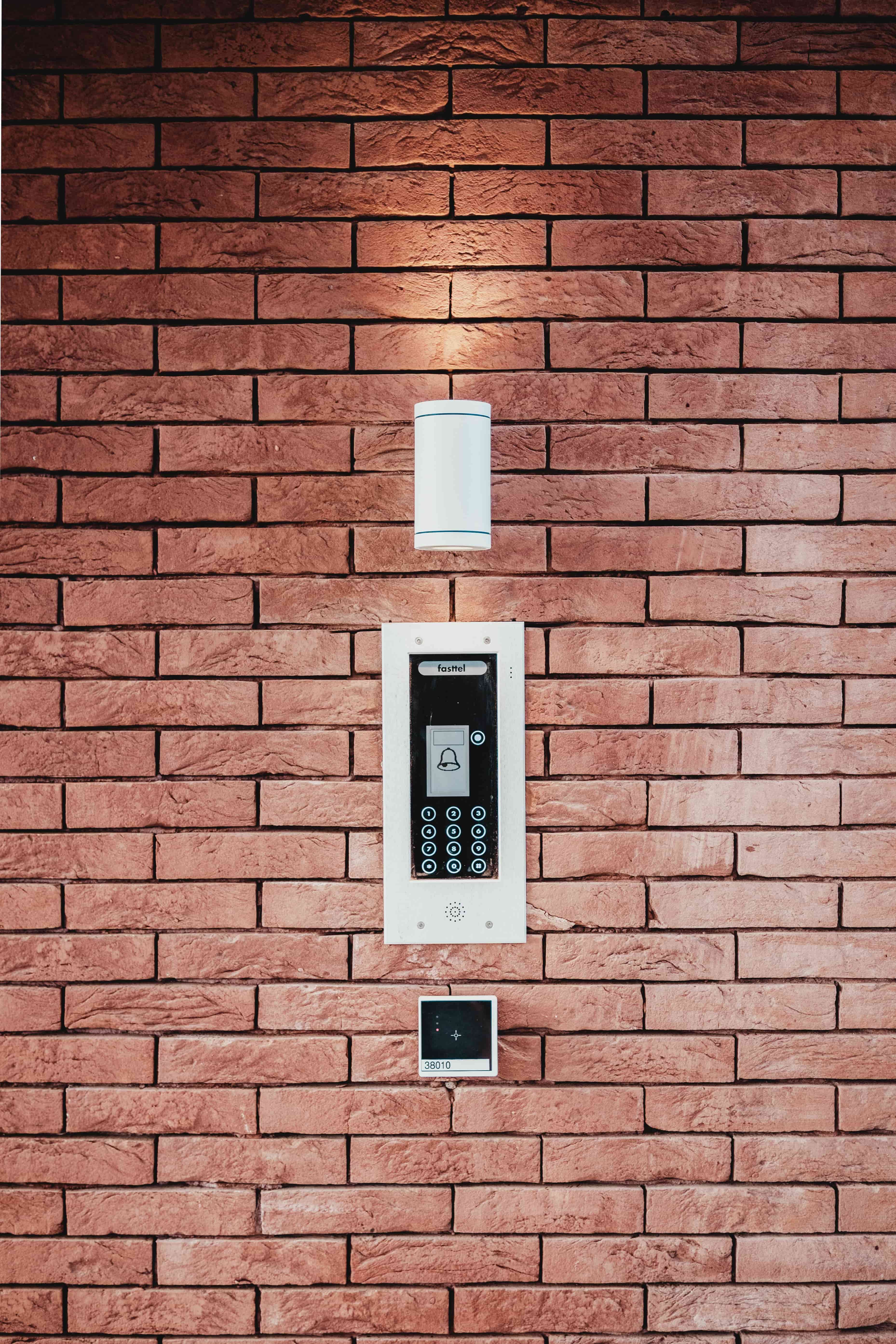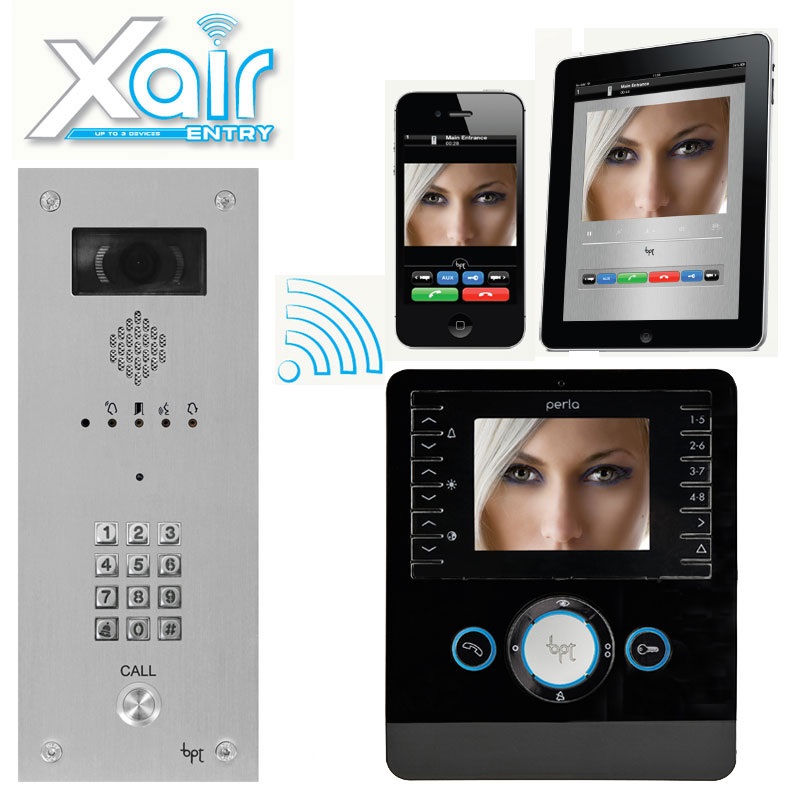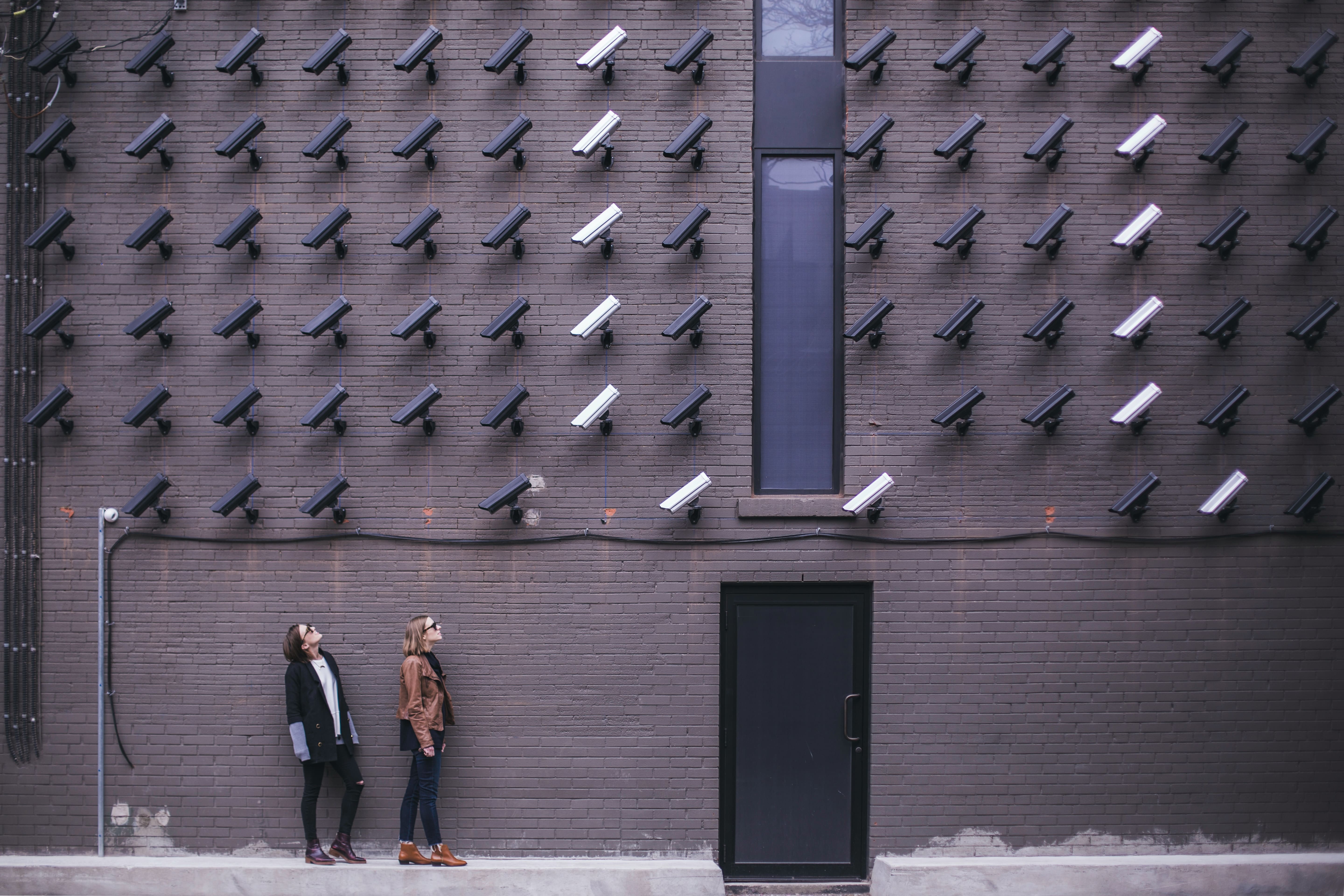Traditional Security Measures:

1. Locks and Deadbolts
The first line of defence for any home is its locks. High-quality locks and deadbolts on doors and windows are essential for preventing unauthorized entry. When selecting locks, consider those with a high-security rating and features such as anti-pick pins and bump-proof mechanisms.
2. Security Bars and Grilles
Security bars and grilles provide an additional layer of physical protection, particularly for ground-floor windows and sliding doors. These barriers can be designed to be both functional and aesthetically pleasing, ensuring that your home remains secure without compromising on appearance.
3. Lighting
Adequate outdoor lighting is a simple yet effective deterrent against burglars. Motion-activated lights can startle intruders and draw attention to their presence. Ensure that all entry points, pathways, and dark corners are well-lit to enhance the security of your home.
Modern Technological Solutions:

1. Alarm Systems
Alarm systems have evolved significantly, offering features such as sensors, sirens, and monitoring services. Modern alarm systems can detect unauthorized entry, smoke, carbon monoxide, and even water leaks. When an alarm is triggered, it can notify you, your security provider, and local authorities, ensuring a swift response to any threat.
2. Surveillance Cameras
Surveillance cameras are crucial for monitoring activity around your home. Modern cameras offer high-definition video, night vision, and remote access via smartphone apps. Some advanced systems include facial recognition and motion detection, allowing you to receive alerts when unusual activity is detected.
3. Smart Locks
Smart locks provide convenience and enhanced security. These locks can be controlled remotely via smartphone apps, allowing you to lock or unlock doors from anywhere. Smart locks also offer features such as temporary access codes for guests and real-time notifications when someone enters your home.
4. Video Doorbells
Video doorbells combine the functions of a doorbell and a security camera. They allow you to see and communicate with visitors remotely, providing an added layer of security. Some models also offer motion detection and recording capabilities, ensuring that you have a record of all activity at your front door.
5. Smart Home Integration
Integrating your security system with a smart home platform can enhance its functionality. Smart home systems allow you to control various aspects of your home, such as lighting, thermostats, and security devices, from a single app. This integration can provide a comprehensive view of your home's security status and enable automated responses to potential threats.
Advanced Security Solutions:

1. Home Automation
Home automation systems can enhance security by creating scenarios that simulate occupancy. For example, lights can be programmed to turn on and off at random intervals, giving the impression that someone is home even when you're away. Automated blinds and curtains can also add to this effect.
2. Professional Monitoring Services
Professional monitoring services provide round-the-clock surveillance of your security system. If an alarm is triggered, the monitoring centre will contact you and, if necessary, dispatch emergency services. This service ensures that your home is always under watchful eyes, even when you cannot respond personally.
3. Environmental Sensors
In addition to traditional security sensors, consider installing environmental sensors that detect hazards such as smoke, carbon monoxide, and water leaks. These sensors can prevent disasters by alerting you to potential dangers before they escalate.
4. Biometric Access Control
Biometric access control systems use fingerprints, facial recognition, or other unique biological traits to grant access to your home. These systems offer a high level of security as they are difficult to bypass. Biometric systems can be integrated with other security measures for a multi-layered approach.
Choosing the Right Security Solution

When selecting a home security solution, consider the following factors:
1. Budget
Determine how much you are willing to spend on home security. While some solutions require a significant upfront investment, others offer affordable options that can be scaled up over time.
2. Home Layout
Assess the layout of your home and identify vulnerable entry points. A comprehensive security plan should cover all potential access points, including doors, windows, and even the garage.
3. Lifestyle
Consider your lifestyle and habits when choosing security solutions. For example, if you frequently travel, a system with remote monitoring and smart home integration may be beneficial. If you have children or pets, ensure that the system is user-friendly and safe for them.
4. Professional vs. DIY
Decide whether you want a professionally installed and monitored system or a do-it-yourself (DIY) solution. Professional systems offer expertise and support, while DIY systems provide flexibility and cost savings.
Conclusion
Home security is a multifaceted concern that requires a combination of traditional methods and modern technology to ensure comprehensive protection. From sturdy locks and outdoor lighting to advanced surveillance cameras and smart home integration, there are numerous options available to meet your specific needs. By carefully assessing your home, lifestyle, and budget, you can choose the right security solutions to keep your home safe and secure. Investing in home security not only protects your property but also provides peace of mind, knowing that your loved ones are safe. Find the right security solution for you, contact us and start making your home a safer place to live.









